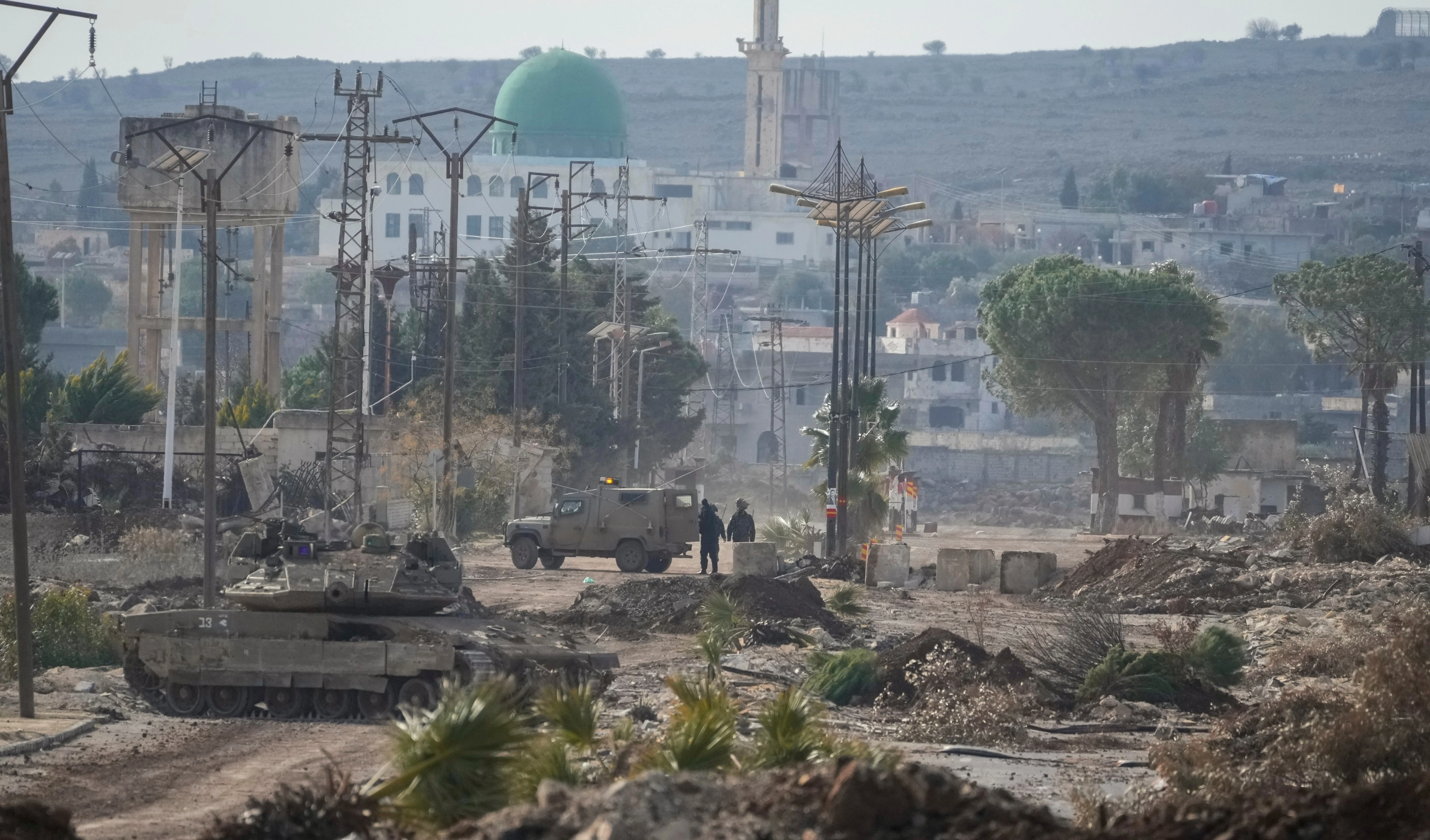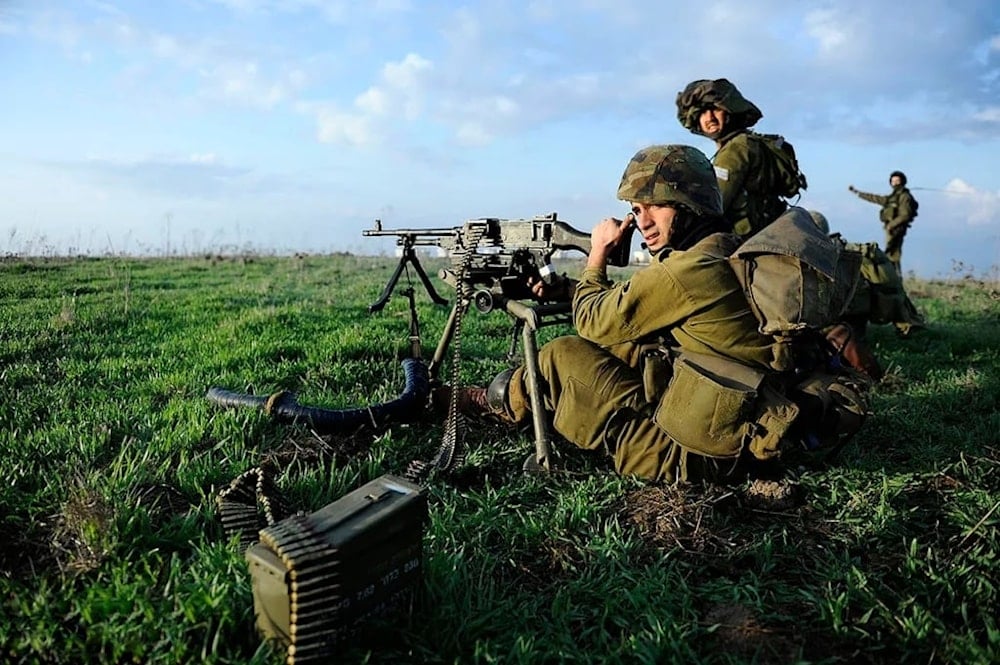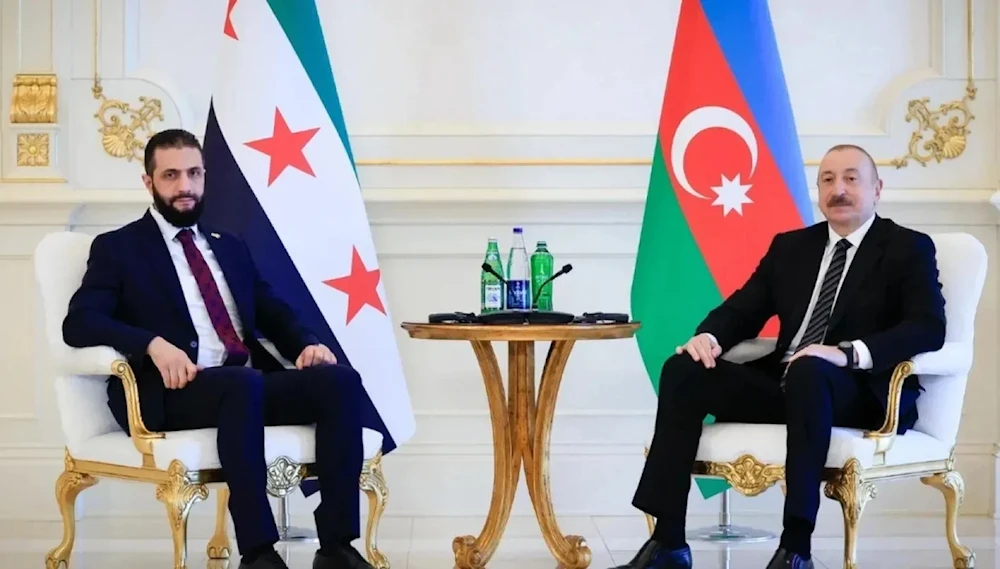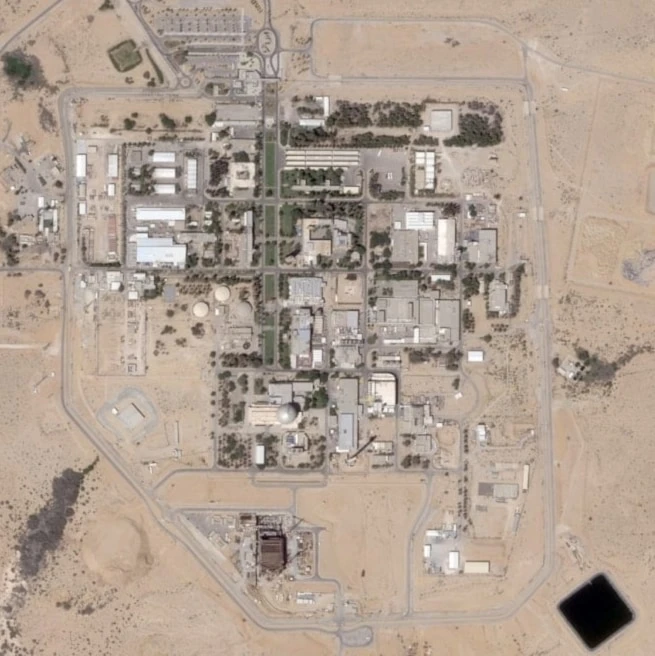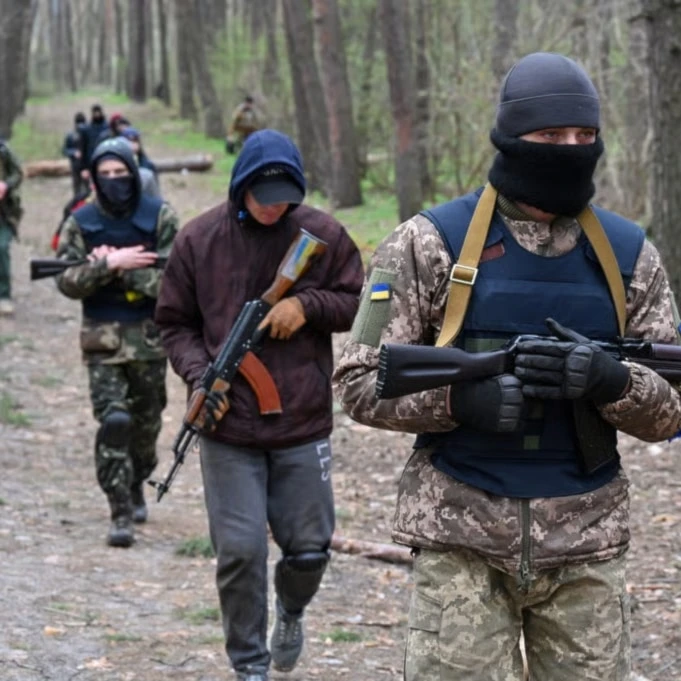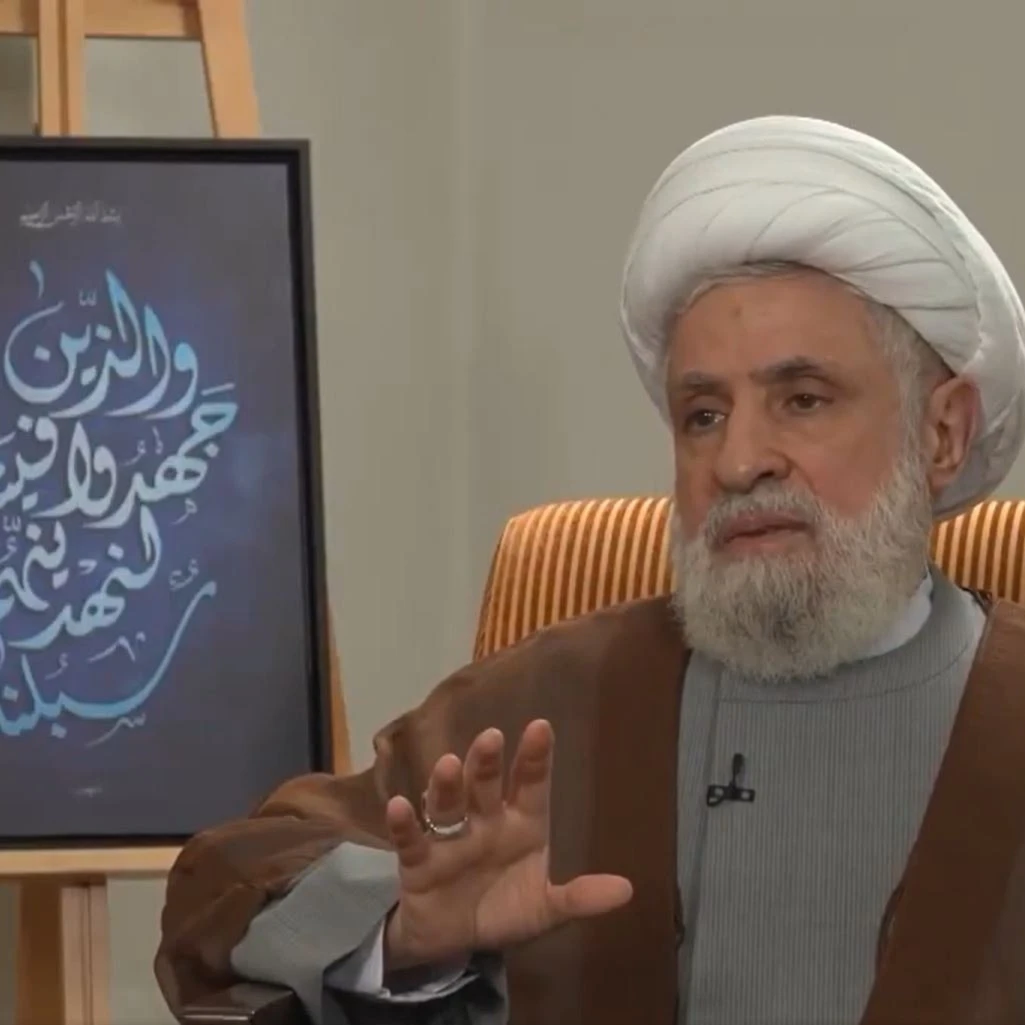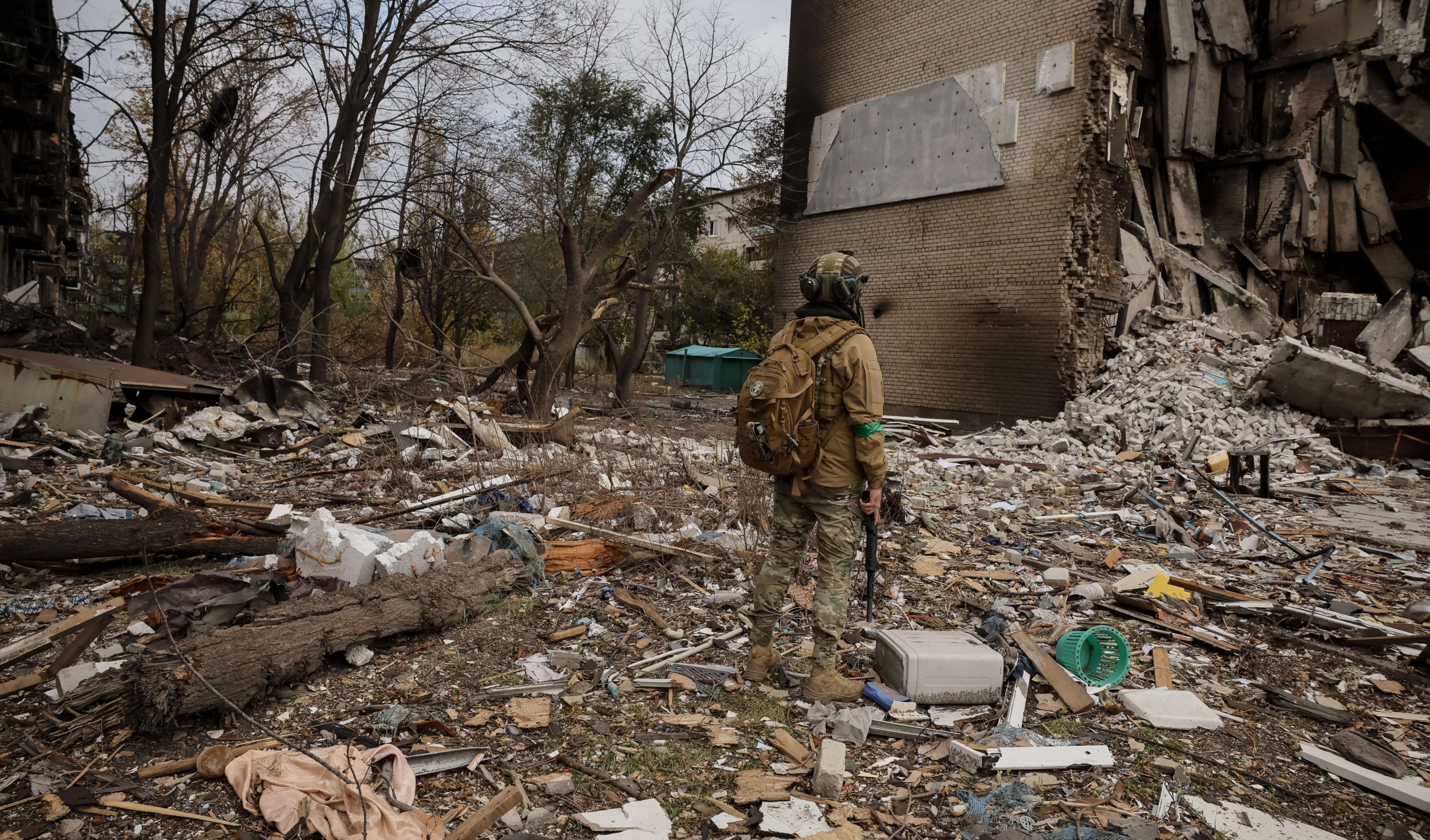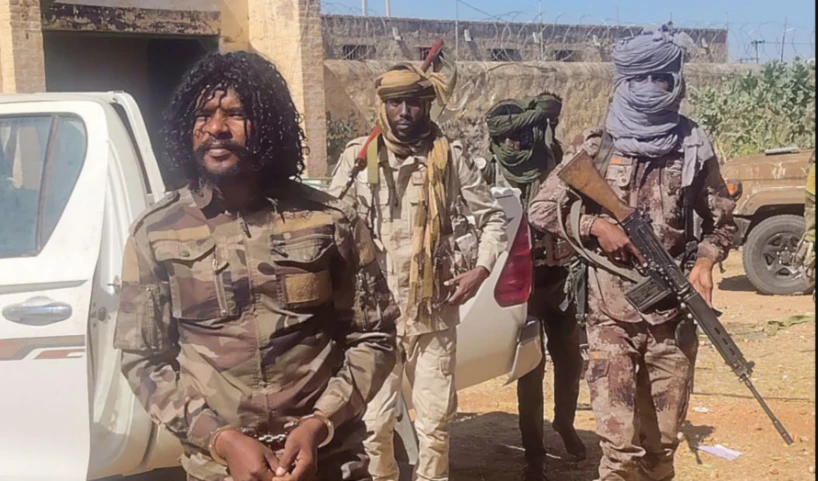What 'Israel' stands to gain from allegedly protecting Sweida's Druze
The Israeli occupation has its reasons to be protecting the Druze population of southern Syria, and geopolitical gains are chief among them.
-
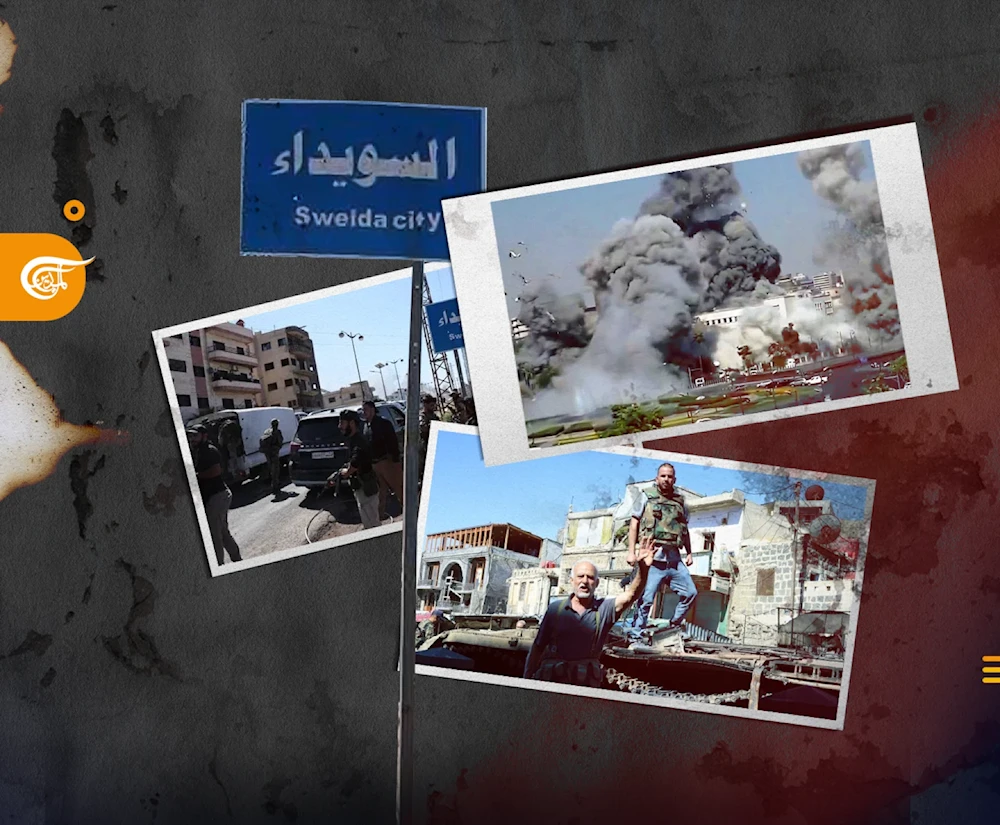
What 'Israel' stands to gain from allegedly protecting Sweida's Druze (Al Mayadeen)
In recent days, the Israeli occupation has launched multiple airstrikes on areas in southern Syria, including the capital Damascus, where two sensitive government sites were targeted: the Presidential Palace and the General Staff Headquarters.
In announcing these strikes, the Israeli government claimed they were aimed at “protecting Israel’s security,” and further alleged that their objective was to “protect the Druze as a persecuted minority.”
But what are the hidden Israeli interests behind the slogan of “protecting minorities,” in this case, specifically the Syrian Druze?
The Druze serve as a 'security buffer'
The Druze community in Sweida is located near the occupied Syrian Golan Heights, an area considered “highly sensitive” in terms of security.
The majority of Syria’s Druze population is concentrated in the southern region of the country, particularly in the Sweida Province, which lies near the northeastern border of the occupied Palestinian territories and borders the occupied Golan Heights. The Israeli regime seeks to turn this area into a demilitarized buffer zone, making it of great strategic interest to the occupation.
-
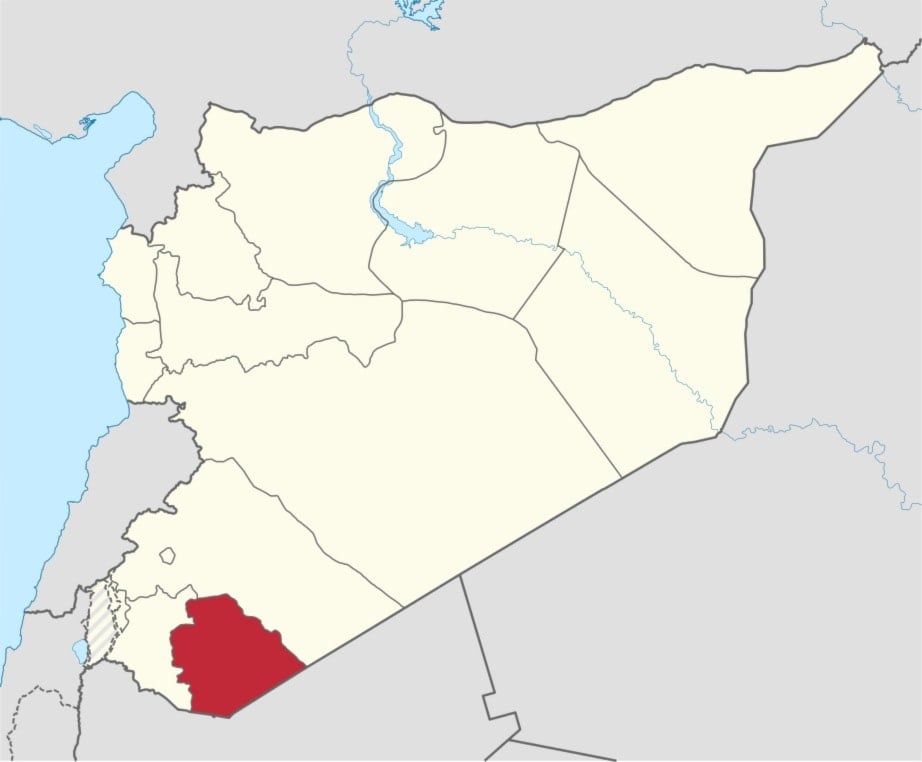
A map showing the province of Sweida (Wikimedia Commons)
This significance has been emphasized repeatedly by Israeli officials. Most notably, Israeli Security Minister Israel Katz has on several occasions referred to southern Syria, especially the areas close to the Golan, as “strategic points” and a “sensitive region,” stating that the presence of Israeli forces in these areas is essential to “guarantee the security of the Golan towns, the north, and all of Israel’s citizens.”
Using the Druze to establish a 'buffer zone'
On February 23, Israeli Prime Minister Benjamin Netanyahu called for the “complete disarmament of southern Syria, specifically the provinces of Quneitra, Daraa, and Sweida,” under the pretext of “protecting the Druze.”
This echoed a similar statement by Katz, who said that recent Israeli strikes were “aimed at protecting the Druze and implementing a disarmament policy.”
These statements establish a direct link between the creation of a demilitarized or buffer zone in southern Syria and what Israeli officials call the “protection of the Druze” in that same area.
In other words, the presence of the Druze in this region becomes a pretext to demand its demilitarization, presenting arms in the area as a threat to them. This, in turn, paves the way for establishing a buffer zone between Syrian territory and the occupied Palestinian lands.
Fear of Iran and its allies
The Israeli regime's concern over Iran, which Katz made no effort to hide, was clear earlier this year when he declared that “Israel will not allow the return of the Iranian threat to its northern borders, whether from Lebanon or Syria.”
In the same week, the Israeli Minister of Security stated that the Israeli presence in the buffer zone was “a security necessity to protect Israel from any potential infiltration by Iran or its allied groups.”
Within this context, invoking the need to protect the Druze minority provides a justification for imposing control over the area, and to some extent, securing support from sectors of the Druze community that might act as a barrier to any forces the Israeli occupation deems threatening. It is worth noting, however, that the vast majority of the Druze reject any cooperation with the occupying regime, regardless of the pretext.
Palestinin Druze: A part of the Israeli military fabric
Statistics indicate that the Druze make up approximately 5% of the annual recruits in the Israeli military: a significant and impactful figure.
In this context, the Israeli outlet The Jewish Standard noted that “Arab Druze have the highest enlistment rate in the Israeli army,” pointing to the prominent role the Druze play within Israeli society.
From this perspective, raising the banner of “protecting” Syria’s Druze serves to preempt any protest by the Druze of the Palestinian territories occupied in 1948, or even possible Druze draft refusal, at a time when Israelis consider the Druze to be an effective and vital component of their military establishment.
This concern was underscored when Sheikh Mowafaq Tarif, the spiritual leader of the Druze community in "Israel", called on the Israeli government to take immediate action following a wave of violence in Sweida. He warned of a “mass popular escalation” if the Israeli regime failed to protect their Syrian brethren, which deeply concerns the occupation, particularly as it faces exhaustion from ongoing wars, and cannot afford unrest within its military ranks.
Interests in the fragmentation of Syria
Since the establishment of the Israeli entity in 1948, its primary objective has been to weaken and fragment neighboring states in order to secure its own safety. With regard to Syria, several Israeli officials have openly acknowledged that a unified Syrian state is not in the interest of the Israeli regime.
For example, at the Munich Security Conference in 2016, former Israeli Security Minister Moshe Yaalon stated, “Syria, as we knew it, will never be re-unified in the near future.”
Echoing this stance, then-Minister of Intelligence Tzachi Hanegbi said, “I believe that, ultimately, Syria should be turned into zones... I think partition is the only viable solution.”
Thus, the recent Israeli airstrikes, carried out under the pretext of protecting the Druze, may eventually lay the groundwork for calls for partition, aligning with the Israeli agenda and distancing it from the threat of a strong, centralized Syrian state.
Fragmentation would also open the door for the Israeli regime to forge ties with communities isolated from Damascus, which it seems to already be doing with the Druze.
In sum, preventing the emergence of a unified national decision-making center in Syria is seen by the Israeli regime as a security imperative that ensures Syria remains incapable of posing a collective threat.
Using the Druze as a diplomatic pressure card
Just days ago, the Israeli news outlet i24 reported that Syria’s transitional president, Ahmad al-Sharaa, had attended at least one meeting with Israeli officials in Azerbaijan.
According to the report, the meetings aimed to discuss additional details regarding a proposed security agreement between Israel and Syria, along with other issues related to Iran, Hezbollah, Palestinian factions, and the future of Palestinians in the Gaza Strip.
Despite the recent nature of these talks, by no means the first of their kind, the Israeli regime quickly mobilized under the pretext of “protecting” the Druze when clashes erupted in the Sweida region of Syria, where the Druze constitute an overwhelming majority.
Under the same pretext, the Israeli occupation carried out attacks targeting the Presidential Palace in Damascus as well as the General Staff Headquarters of the Syrian Ministry of Defense.
These strikes coincided with a statement by Prime Minister Benjamin Netanyahu, in which he said he “will not allow military forces to advance south of Damascus.”
This alignment suggests that the Israeli regime is using the excuse of “protecting” the Druze to exert military pressure in the ongoing negotiations with the current Syrian administration.
Moreover, distancing the Druze from Damascus weakens the government’s negotiating position, as it undermines its image as a representative of a unified national front.
The intelligence aspect of outreach to the Druze
On December 9, 2024, Israeli Military Intelligence Chief Shlomi Bender met with Sheikh Mowafaq Tarif, following direct orders from Israel Katz, in a bid to pave the way for intelligence cooperation with Syrian Druze amid escalating tensions near the Golan Heights.
In the same context, the Israeli outlet Jewish Future recently published a report on the value of the Druze in intelligence operations. The report noted that the Israeli regime views the Druze as a major asset in this realm due to their “deep understanding of cultural norms, family structures, and street dynamics in Arab society”, a vital skillset for covert operations.
Despite persistent and covert Israeli efforts to recruit Syrian Druze for intelligence work, such initiatives have largely failed to gain traction within the Druze community.
'Israel Is exploiting the Druze'
The spiritual leader (Sheikh al-Aql) of the Druze Muslim community in Syria, Sheikh Youssef al-Jarbou, emphasized that “the people of Sweida stand with their Syrian state and their national identity, and they reject any external agendas.”
For his part, prominent Druze leader and former head of Lebanon’s Progressive Socialist Party, Walid Jumblatt, urged the people of Sweida in a call with Al Mayadeen to be cautious of Israeli incitement and attempts to sow discord.
In another statement, Jumblatt affirmed: “Israel is not protecting the Druze in Sweida; it is manipulating a few weak-minded individuals to claim that it is.”
Echoing this stance, the Druze spiritual leader in Lebanon, Sheikh Sami Abil-Mona, called on the people of Sweida to “remain under the protection of the Syrian state.”

 8 Min Read
8 Min Read

